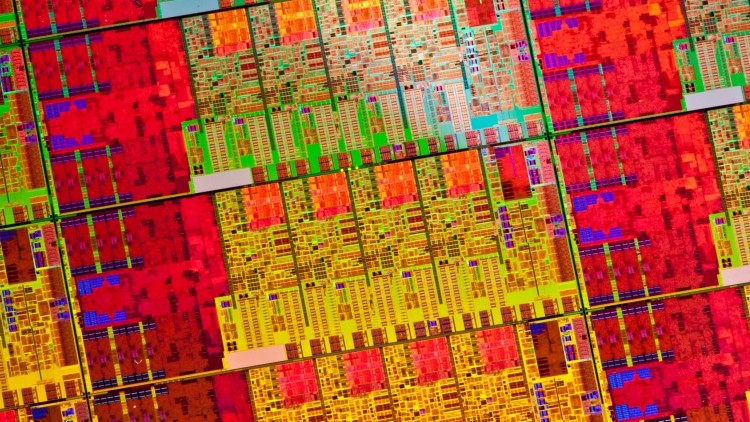
The socketed desktop line of Intel's Broadwell processors aren't due until the fourth quarter of 2014, however that hasn't stopped the guys at CPU-World from discovering some new details about the Broadwell-K chips that feature an unlocked multiplier.
Where Haswell-K CPUs didn't include the new Iris line of integrated graphics, instead packing Intel HD Graphics 4600 units, Broadwell-K will pack an Iris Pro GPU. Not only that, but the Broadwell-K CPUs will come with 128 MB of dedicated eDRAM, which in Haswell was only reserved for R-series BGA SKUs for all-in-one systems. With Iris Pro and 128 MB of eDRAM, Broadwell-K's graphics performance is said to be more than 80% faster than Haswell-K's.
As far as core configurations go, Broadwell-K is reported to have a maximum of four cores manufactured at 14nm (as we already know). Turbo Boost will be found in both the Core i7 and Core i5 models, however Hyper Threading is reserved for i7 SKUs only, making eight threads available in the top-end CPUs.
CPU-World also reports that 6 MB of L3 cache will be found in Core i7 Broadwell-K processors, while Core i5s will pack 4 MB of L3 cache. Furthermore, while the LGA 1150 socket will be used for the CPUs, they will require Intel 9 Series chipsets, so current Haswell motherboards will be incompatible.
Desktop Broadwell processors are still some time away, so its possible the specifications could change between now and then, but it's looking likely that the integrated graphics processor will receive a significant upgrade. It's an interesting move by Intel, as K-series CPUs are often used by gamers and high-end system builders who would already be using a discrete graphics card, but the change could still be useful for some.